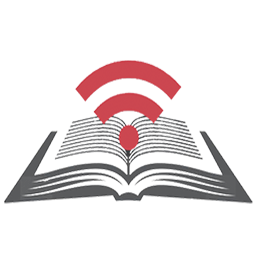The course focuses on the integration of technology into teaching and learning, that is, the process of identifying those digital tools and methods of application that constitute the most appropriate way of addressing specific educational needs and challenges. It provides an overview of the available technologies and examines the roles they can play as cognitive tools, as means of supporting communication and collaboration, as channels for distributing and sharing educational resources, and as systems that support teaching.
Upon successful completion of the course, students will be able to:
- Formulate arguments in favor of the use of technology in education
- Identify the general categories of technological resources (hardware and software) that can be utilized in education
- Search for and locate digital educational resources and learning objects on the Internet
- Develop learning activities that incorporate: (a) modern technological tools (educational software, general-purpose and specialized software tools, multimedia/hypermedia tools), and (b) Internet and World Wide Web services, tools, and applications
- Appropriately utilize Generative Artificial Intelligence tools to support lesson/activity design, content creation, student evaluation, and feedback
- Design a teaching intervention in their subject area in the form of a comprehensive educational scenario
General Competences
The course aims to cultivate the following:
- Searching, analyzing, and synthesizing data and information using the necessary technologies
- Adaptation to new situations
- Independent work
- Teamwork
- Project design
- Work in an interdisciplinary environment
COURSE CONTENT
The course includes the following lecture units and laboratory exercises:
LECTURES
- Digital technologies and their use in teaching and learning
- Classification and description of modern digital technologies utilized in education and the methods of their integration into teaching and learning
- Software tools, Educational Software, Digital educational resources and learning objects on the Internet – Digital repositories
- Use and design of learning activities and educational scenarios
- Learning activities, educational scenarios, worksheets
- Searching for educational scenarios on the Internet – Repositories
- Design of activities and educational scenarios, with emphasis on inquiry-based learning scenarios
- Instructional design of online courses
- Development of the Dick & Carey instructional design model as a framework for planning online educational interventions
- Systematic approach to online course design
- Basic knowledge of online course development
- Utilization of Web 2.0 and Generative Artificial Intelligence tools in teaching and learning
- Web 2.0 tools/applications, their key features, and their educational uses
- Designing learning activities incorporating Web 2.0 tools across subject areas and educational levels
- Generative Artificial Intelligence (Generative AI) tools in education
- Synergy of Web 2.0 and Generative AI tools in supporting teachers and enhancing the learning experience
- Emerging technologies in Education
- Artificial Intelligence
- Recommendation Systems
- Social Computing
LABORATORY EXERCISES
- Conceptual and cognitive mapping tools
-
- Techniques of conceptual and cognitive mapping and their application in learning/teaching activities
- Creation and editing of conceptual and cognitive maps with corresponding digital tools
- Assessment tools
-
- Types of tools for creating assessment/self-assessment/practice activities
- Creation, distribution, and management of digital assessment objects using appropriate tools
- Web 2.0 tools/applications in education
-
- Types of Web 2.0 applications with potential for educational use
- Creation of digital objects using Web 2.0 tools and design of educational activities that incorporate them
- Generative Artificial Intelligence (Generative AI) tools for supporting educational practice
-
- Generative AI suites and individual tools to support teachers in lesson/activity design, content creation, student evaluation, and feedback

